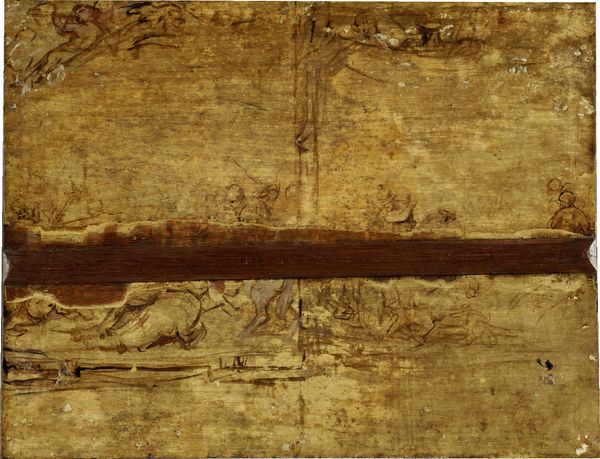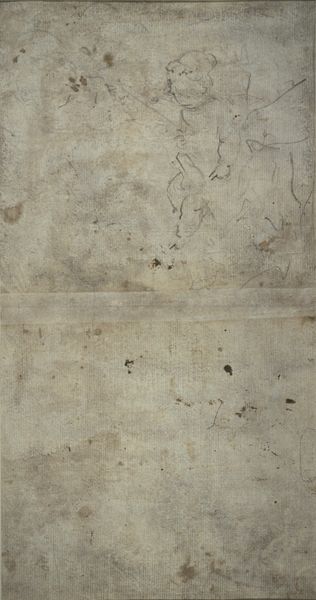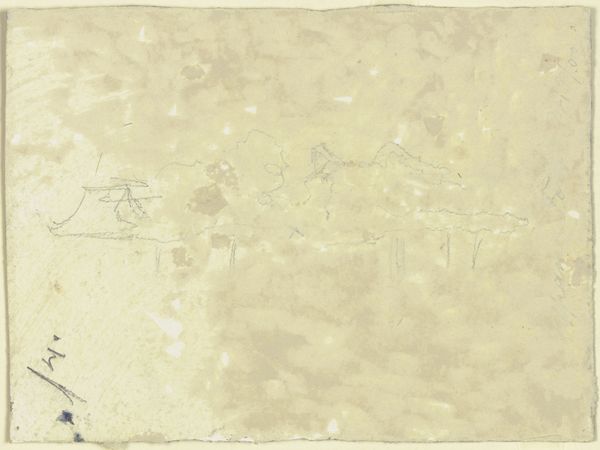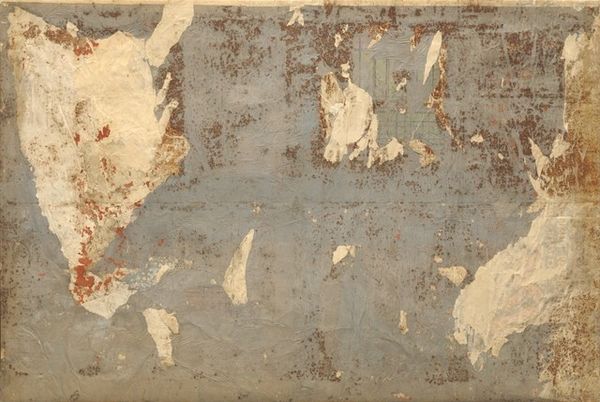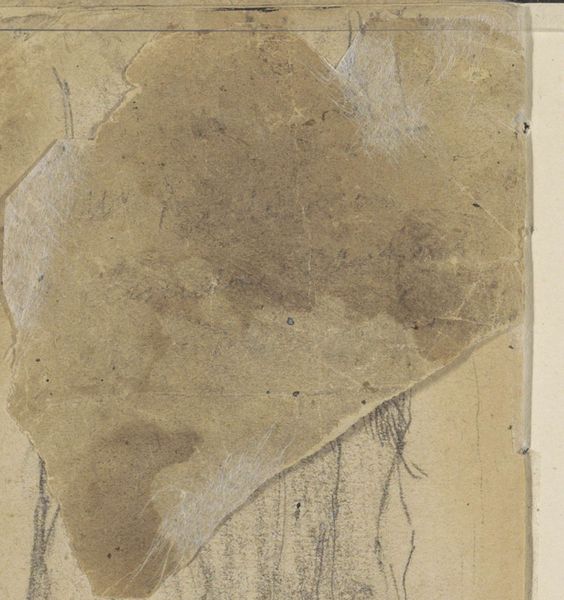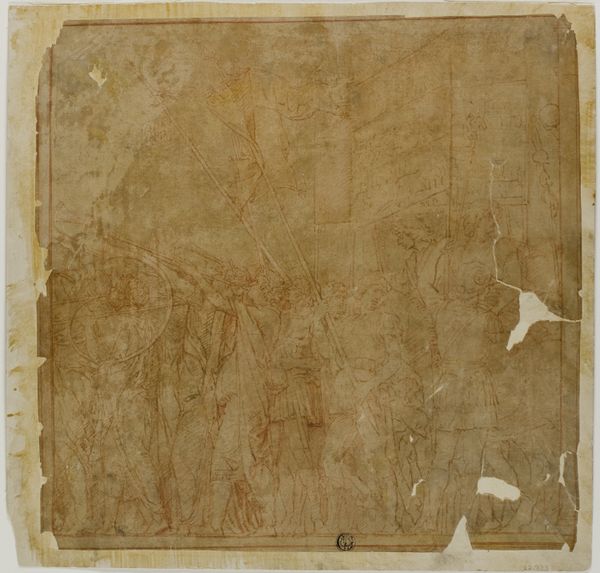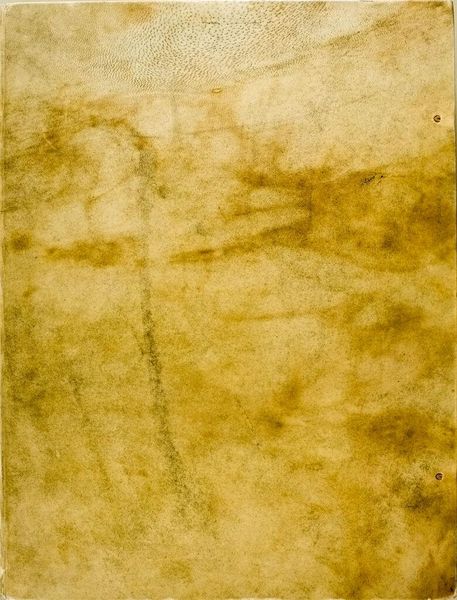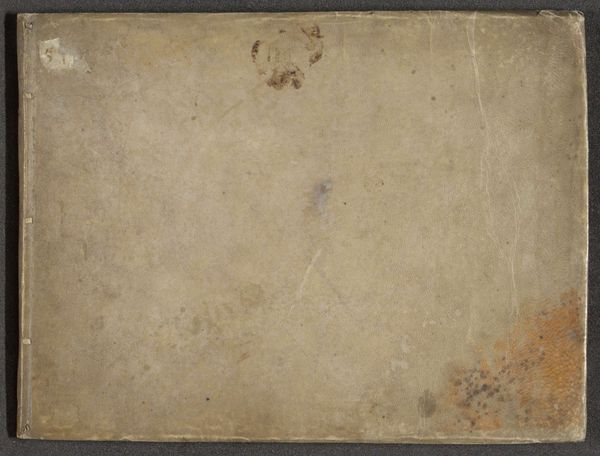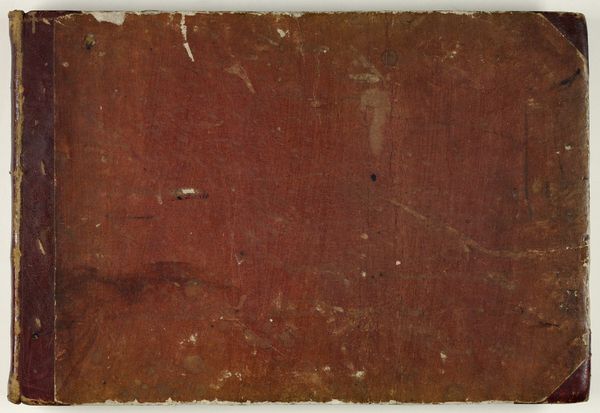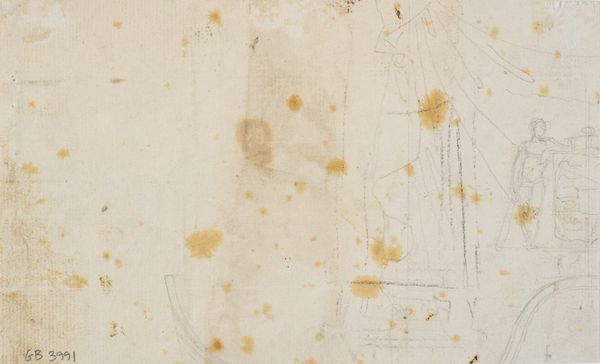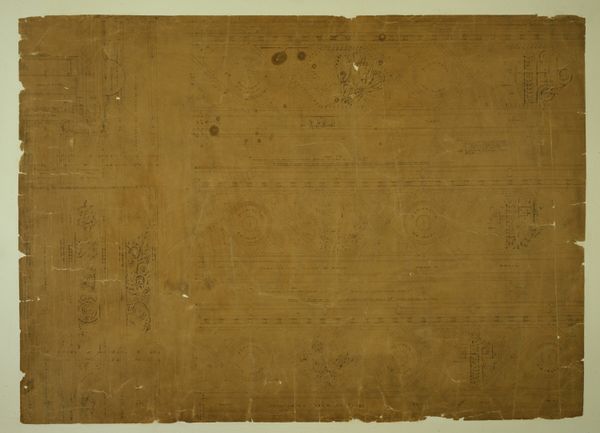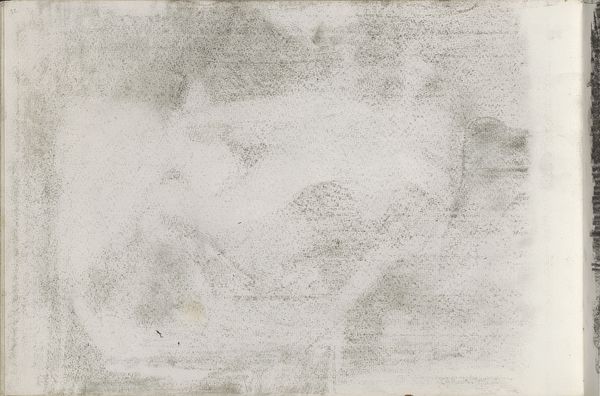
drawing, print, paper, ink, pen
#
portrait
#
drawing
# print
#
figuration
#
paper
#
ink
#
pen
Dimensions: 240 × 200 mm
Copyright: Public Domain
Editor: This is "Study of a Leg, Flourish, and Doodles," created between 1610 and 1617 by Jacques Bellange, using pen and ink on paper. It feels so… fragmented, almost like a collection of fleeting thoughts. How do you interpret this work? Curator: It's fascinating how Bellange presents the body, or rather a fragment of it, alongside these seemingly random flourishes and doodles. Consider the socio-political context: 17th-century art often served the powerful. But here, we see something different, more intimate, perhaps even rebellious in its incompleteness. How does the lack of a "finished" image resonate with you, given the dominant artistic conventions of the time? Editor: It feels unfinished in a modern sense, but I imagine back then it might be seen as… transgressive? Almost like refusing to conform to expectations. Curator: Precisely. Think about how academic art during Bellange’s era valued the idealization of the body. This drawing subverts that. Instead of perfection, we get a sketch, an exploration. I would suggest to think of this as performative refusal to take part to an aesthetic canon. What does that leg represent, stripped of its heroic or allegorical context? Is it simply a body part, or does it symbolize something more – vulnerability, perhaps, or even resistance? Editor: That’s an interesting perspective. I hadn’t considered the drawing itself as a form of resistance. It makes me think about the power dynamics inherent in art creation and consumption. Curator: And how the "unfinished" can be just as powerful, perhaps even more so, than a highly polished piece. It invites us to question established norms and create our own meanings. What did you think when you started working with me on this audio guide? Did you feel that approaching a finished artwork required such amount of thinking? Editor: It has been challenging, and I would not have reached these interpretations by myself, but it has been amazing, because it has been eye-opening for me! Thank you! Curator: The point of these studies is to open one's eyes to alternative possibilities of interpreting an artwork. Thank you!
Comments
No comments
Be the first to comment and join the conversation on the ultimate creative platform.

